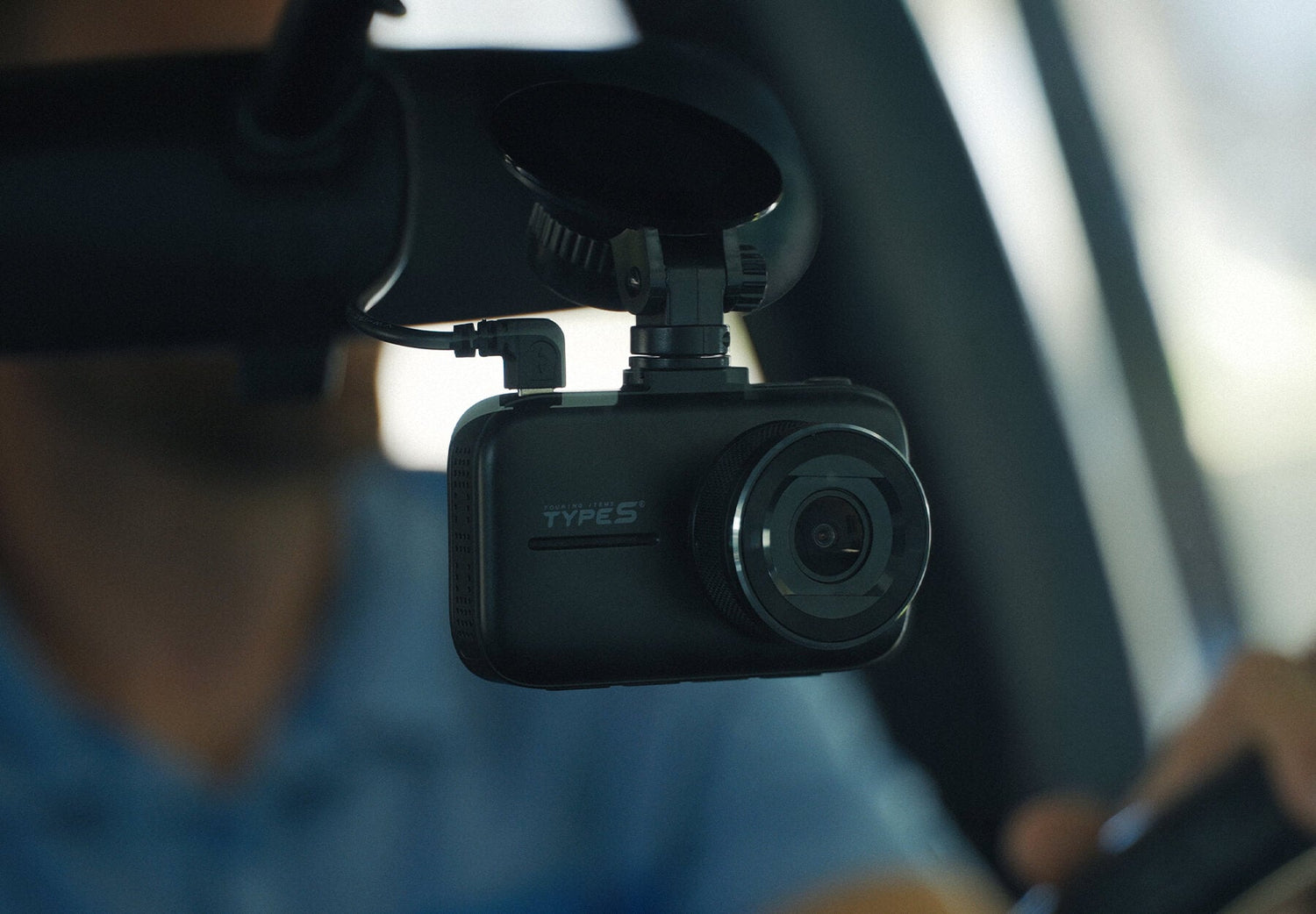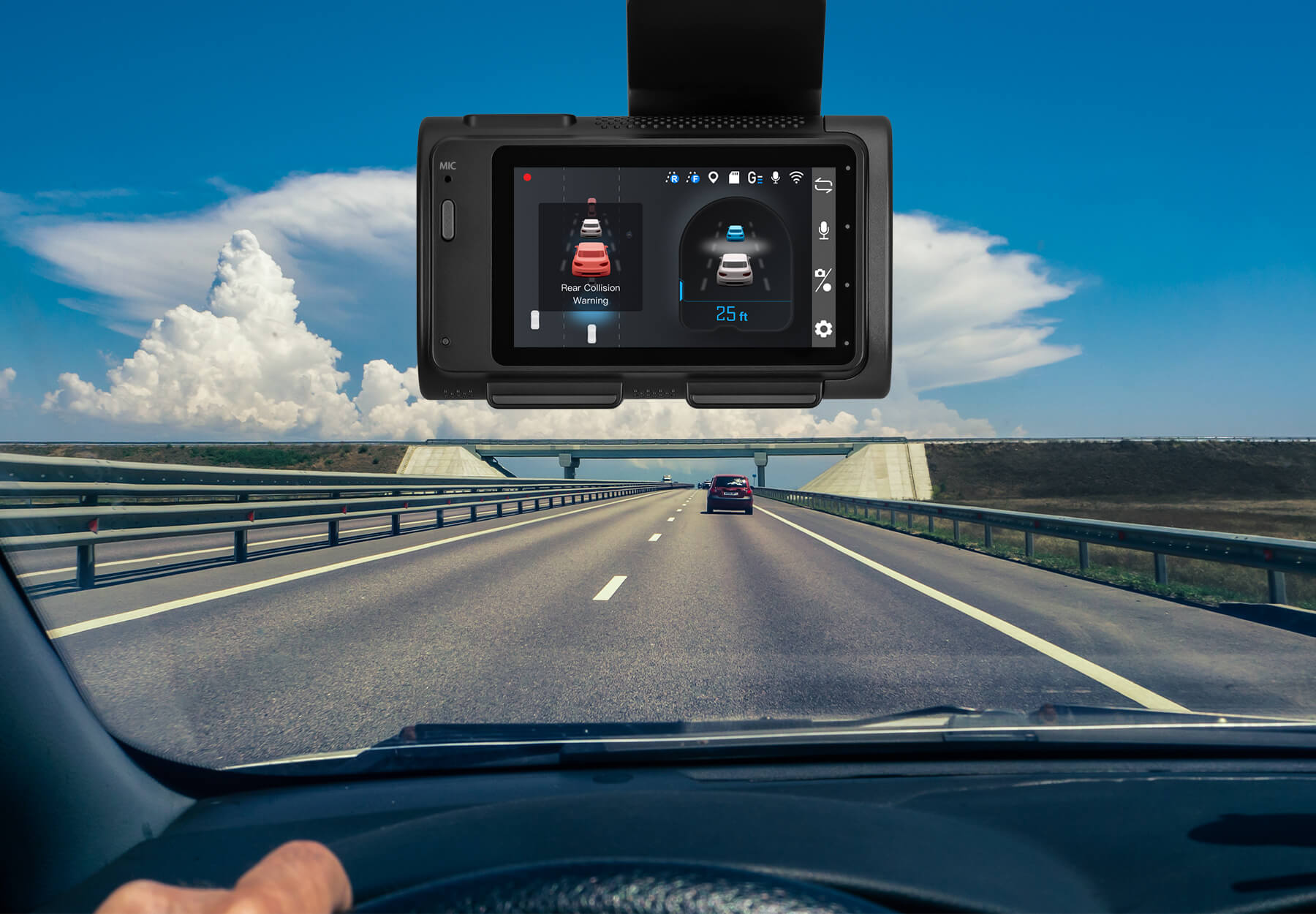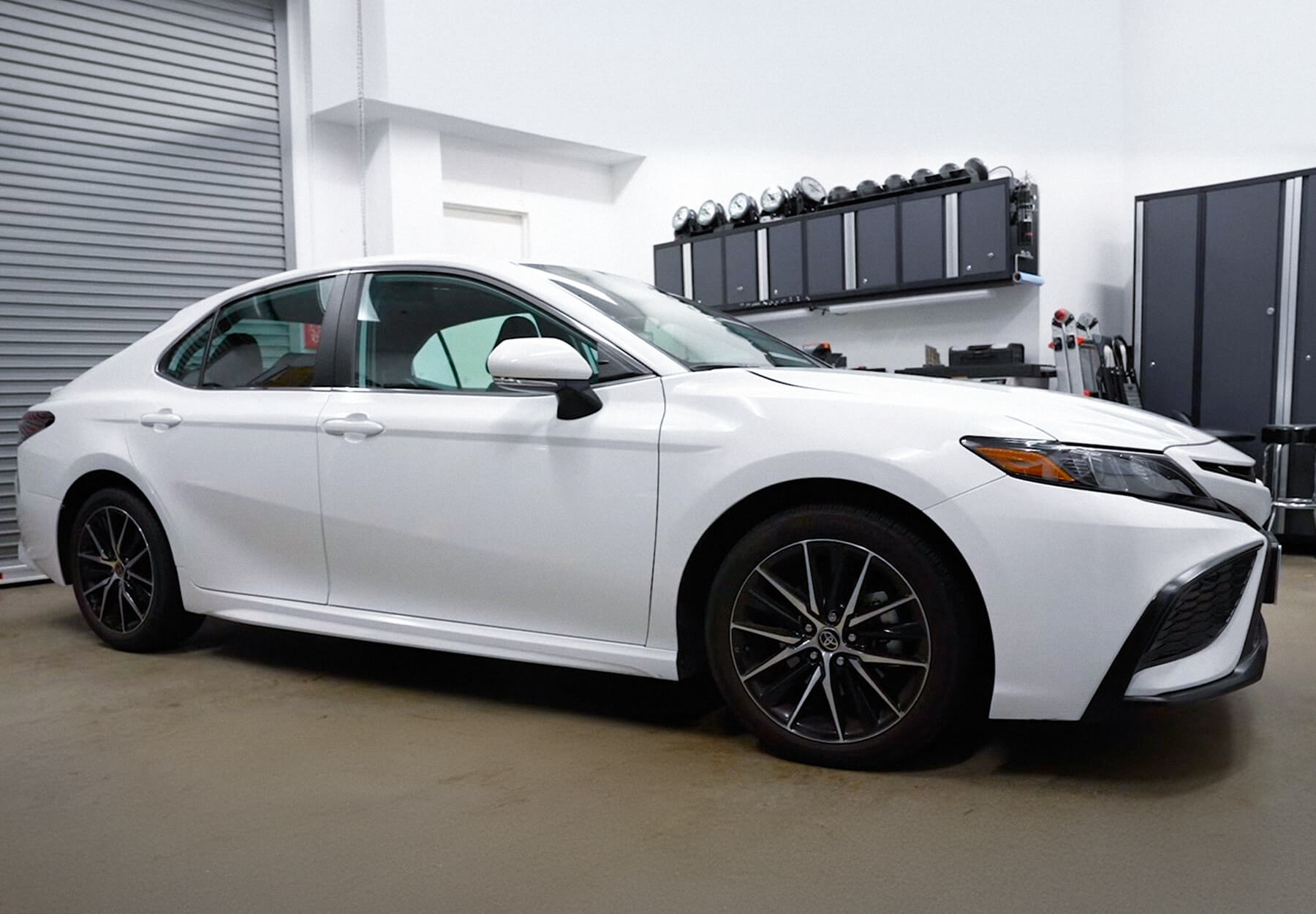What does G-Sensor mean on a dash cam?
In the realm of automotive technology, G-sensors have become an essential feature in modern dash cams, providing an added layer of safety and security for drivers. But what exactly is a G-sensor, and how does it function in your dash cam? Let’s explore the basics of this crucial technology and its practical applications.
What is a G-Sensor?

A G-sensor, or accelerometer, is a device that detects changes in motion or acceleration. In the context of dash cams, it measures sudden movements such as rapid acceleration, sharp turns, or abrupt stops. When these movements exceed a certain threshold, the G-sensor triggers specific actions within the dash cam.
How Does a G-Sensor Work in a Dash Cam?
- Detection of Movement: The G-sensor in your dash cam continuously monitors the vehicle’s motion. It detects sudden changes in speed or direction.
- Threshold Activation: When the G-sensor detects a movement that exceeds its preset threshold (e.g., during a collision or hard braking), it is activated.
- Action Triggering: Upon activation, the G-sensor instructs the dash cam to:
- Lock the Current Video File: This prevents the current recording from being overwritten by the loop recording feature.
-
Emergency Recording: Some dash cams start recording additional footage before, during, and after the detected event to capture the entire incident.
Practical Applications
Rear-End Collision
If you're involved in a rear-end collision, the G-sensor detects the sudden impact. It locks the video file at the moment of the collision, ensuring that crucial footage is saved and not overwritten.
Sudden Braking
When you brake suddenly to avoid an obstacle, the G-sensor senses the rapid deceleration. It then locks the current video segment, capturing the event for later review.
Parking Incidents
Even when your car is parked, the G-sensor can detect if your vehicle is bumped. It activates the dash cam to record the incident, providing evidence that can be useful for insurance claims.
Why G-Sensors Matter
- Accurate Incident Recording: By detecting significant movements and locking important footage, G-sensors ensure that crucial moments are recorded and preserved.
-
Peace of Mind: Drivers can be confident that their dash cam will capture and save footage of any significant events, providing reliable evidence if needed.
Investing in a dash cam with a G-sensor is a smart decision for any driver. It enhances your vehicle's safety by ensuring that important incidents are documented and protected. Stay alert, drive safe, and let your dash cam’s G-sensor provide an extra layer of security on the road.






Leave a comment
This site is protected by hCaptcha and the hCaptcha Privacy Policy and Terms of Service apply.